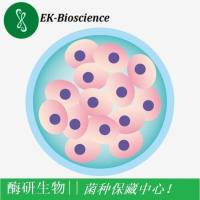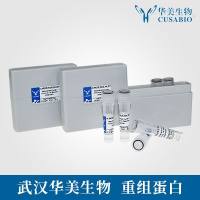Collagen is the most abundant protein in vertebrates and has an essential structural role. Thus, the tensile strength of the fibrous collagens, types I, II, III, V, and XI, is fundamental to the function of bone, skin, tendons, cartilage, and blood vessel walls. Similarly, the network-forming collagens, such as types IV and VI, are key components of the extracellular matrix of endothelial and epithelial tissues. Collagens interact with cells both directly, through receptors that may modulate cell function, and indirectly, through the numerous proteins and other constituents of connective tissues that bind simultaneously to both collagen and their own specific cell surface receptors. Collagen plays a crucial role in diverse biological processes, either as a mechanical support or as an active ligand. For this reason, collagen preparations are widely used as a cell growth matrix or as a means of activating cells. The capacity of collagens of the blood vessel wall to activate platelets represents a very accessible example of this principle in operation, utilizing direct interaction with integrin α2 β1 and glycoprotein (GP) VI, and indirect interaction with GPIb via von Willebrand factor. Binding sites within collagen and their complementary receptors on the cell surface or within the matrix are potential targets, as yet unexploited, for the treatment of several disease processes, such as arterial thrombosis. For this potential to be realized, each interaction must be understood in detail.






